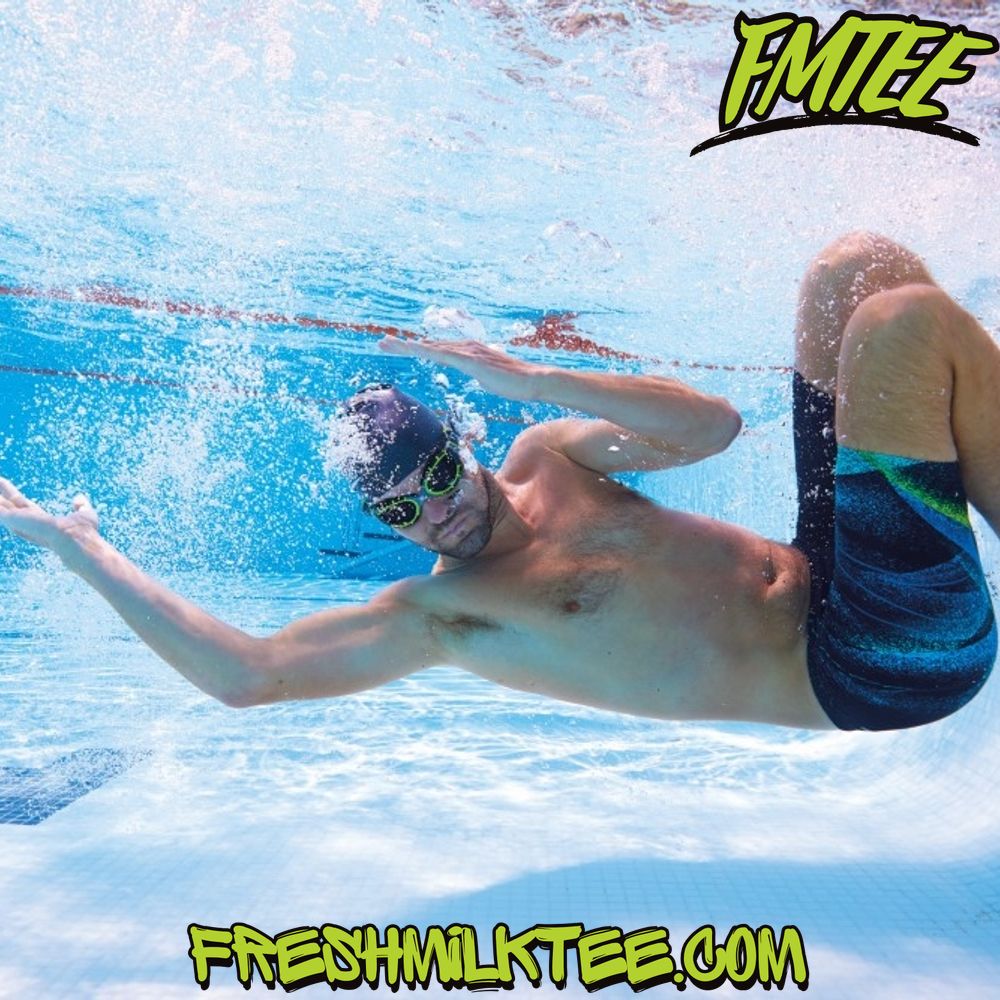Blog
Why Did My Calf Tense Up When Swimming?
Why Did My Calf Tense Up When Swimming?
Swimming is an excellent form of exercise, providing numerous health benefits, but occasionally, swimmers experience calf muscle cramps while in the pool. These cramps can be painful and disruptive, leaving you wondering, why did my calf tense up when swimming? In this article, we’ll explore the causes behind calf tension while swimming, offer tips to prevent calf cramps during your workouts, and provide strategies to relieve calf pain after swimming.
What Causes Calf Tightness When Swimming?
Muscle Fatigue and Overuse During Swimming
One of the most common reasons for calf muscle cramps swimming is muscle fatigue. Swimming, especially long distances or intense intervals, can place a significant strain on your calves. When the muscles are overworked, they may seize up, leading to cramping.
Cramp occurs when a muscle is fatigued and overused, and the calves are particularly vulnerable during swimming due to their involvement in most swimming strokes. As the legs continuously move, the calf muscles are constantly engaged, increasing the likelihood of muscle cramps. Understanding how swimming muscle tension impacts the calves is essential in managing calf pain after swimming.
Dehydration and Electrolyte Imbalance
Another reason for calf tension while swimming is dehydration and electrolyte imbalances. Water is essential for muscle function, and swimmers who don’t hydrate properly may suffer from cramps. Maintaining proper levels of electrolytes like potassium, sodium, and magnesium is key in preventing leg cramps during your swim.
Swimming Technique and Its Impact on Leg Muscle Strain
Improper swimming techniques can also contribute to calf muscle overuse swimming. For instance, some swimmers swim with too much tension in their feet and ankles, especially in strokes like freestyle or butterfly. When your feet and ankles are too rigid while swimming, it can put unnecessary stress on the calf muscles, leading to cramps.
Most swimming strokes call for pointed toes, which places additional tension on the calves. If you don’t have the proper technique, muscle strain can lead to cramps and discomfort. Swimming leg pain prevention involves focusing on relaxing your feet and ankles and ensuring proper form to minimize unnecessary tension on your calves.
How to Prevent Calf Cramps While Swimming
Proper Warm-Up and Stretching Techniques
Before diving into your next swimming workout, it’s essential to stretch and warm up your muscles. A warm-up prepares your muscles for the physical demands of swimming, reducing the risk of calf muscle cramps. Focus on stretching the calves, legs, and feet to increase flexibility and improve circulation.
Hydration and Nutrition for Swimmers
Proper hydration is crucial in preventing muscle cramps. Ensure you’re drinking enough water before, during, and after your swim. Along with water, consuming foods that support muscle function, such as bananas for potassium and magnesium-rich foods, can help prevent calf cramps and muscle tension while swimming.
Correct Swimming Techniques to Avoid Leg Muscle Strain
As mentioned, proper swimming technique is essential to avoid calf muscle strain. Focus on relaxing your feet and ankles during your strokes to avoid unnecessary tension in your calves. A coach or swimming club can help you refine your technique and reduce the risk of cramping.

Types of Muscle Cramps and Tension in Swimming
Leg Muscle Spasms in Water: What to Know
When leg muscle spasms in water occur, they are typically a sign of muscle fatigue or dehydration. These spasms can affect the calves, hamstrings, or quadriceps. Unlike regular muscle cramps, spasms are often sudden and involuntary, causing the legs to stiffen, and they can be particularly painful during swimming.
Why Does My Calf Seize Up While Swimming?
Your calf muscles may “seize up” during swimming due to the intense physical exertion involved in the sport. If your legs are not properly conditioned or hydrated, calf cramps can occur during your swim. This often happens after long periods of exertion when the calf muscles are overused.
Calf tightness when swimming causes vary depending on your fitness level, the stroke you are swimming, and how much tension you are placing on your calves during the swim.
Treatment and Relief for Calf Muscle Cramps After Swimming
Immediate Relief for Calf Cramps in the Water
If you experience a muscle cramp or muscle spasm while swimming, try the following steps for relief:
- Stop swimming immediately to prevent further strain.
- Stretch the affected muscle by gently pulling your toes toward your shin.
- Massage the cramping area to promote blood flow and alleviate tension.
- Hydrate with water or an electrolyte drink to help relax the muscles.
Post-Swim Recovery for Calf Pain and Muscle Tension
After swimming, it’s important to recover and address any lingering calf tension. A post-swim stretch routine focusing on the calves can help relieve tightness. Using heat or cold therapy on the calf muscles can also help reduce inflammation and muscle soreness. Additionally, a proper cool-down, combined with hydration and light stretching, can aid in muscle recovery.
Conclusion: Managing Calf Muscle Issues While Swimming
Final Tips for Preventing Calf Tension and Cramps in the Future
To prevent calf cramps and muscle tension during swimming, focus on maintaining proper hydration, improving your swimming technique, and incorporating stretching and strengthening exercises into your routine. By understanding the causes of calf tightness when swimming, you can better prepare your muscles and reduce the likelihood of experiencing painful muscle cramps in the future.
For more information on how to avoid cramps and maintain your calves in top shape, be sure to check out these helpful resources:

Frequently Asked Questions (FAQs)
Q: How can I prevent calf cramps while swimming?
A: To prevent calf cramps while swimming, ensure you’re well-hydrated, stretch properly before your workout, and practice good swimming technique. Focus on relaxing your feet and ankles to avoid tension in your calves.
Q: Why do my calves cramp after swimming?
A: Calf cramps after swimming may be caused by muscle fatigue, dehydration, or improper technique. Ensure you’re drinking enough fluids and stretching your legs before and after swimming.
Q: What can I do when my calf cramps in the water?
A: If your calf cramps while swimming, stop immediately, gently stretch the muscle, and hydrate. Massaging the cramping area can help alleviate the tension.
Q: What causes leg cramps while swimming?
A: Leg cramps in the water are often caused by dehydration, electrolyte imbalance, or muscle fatigue. Ensure you’re properly hydrated and stretching to prevent cramps.
Q: How can I recover from calf pain after swimming?
A: To recover from calf pain after swimming, focus on stretching, applying heat or cold therapy, and drinking plenty of water. Light exercises post-swim can also help.
If possible, please visit dinounicorn.com or freshmilktee.com to support us.

